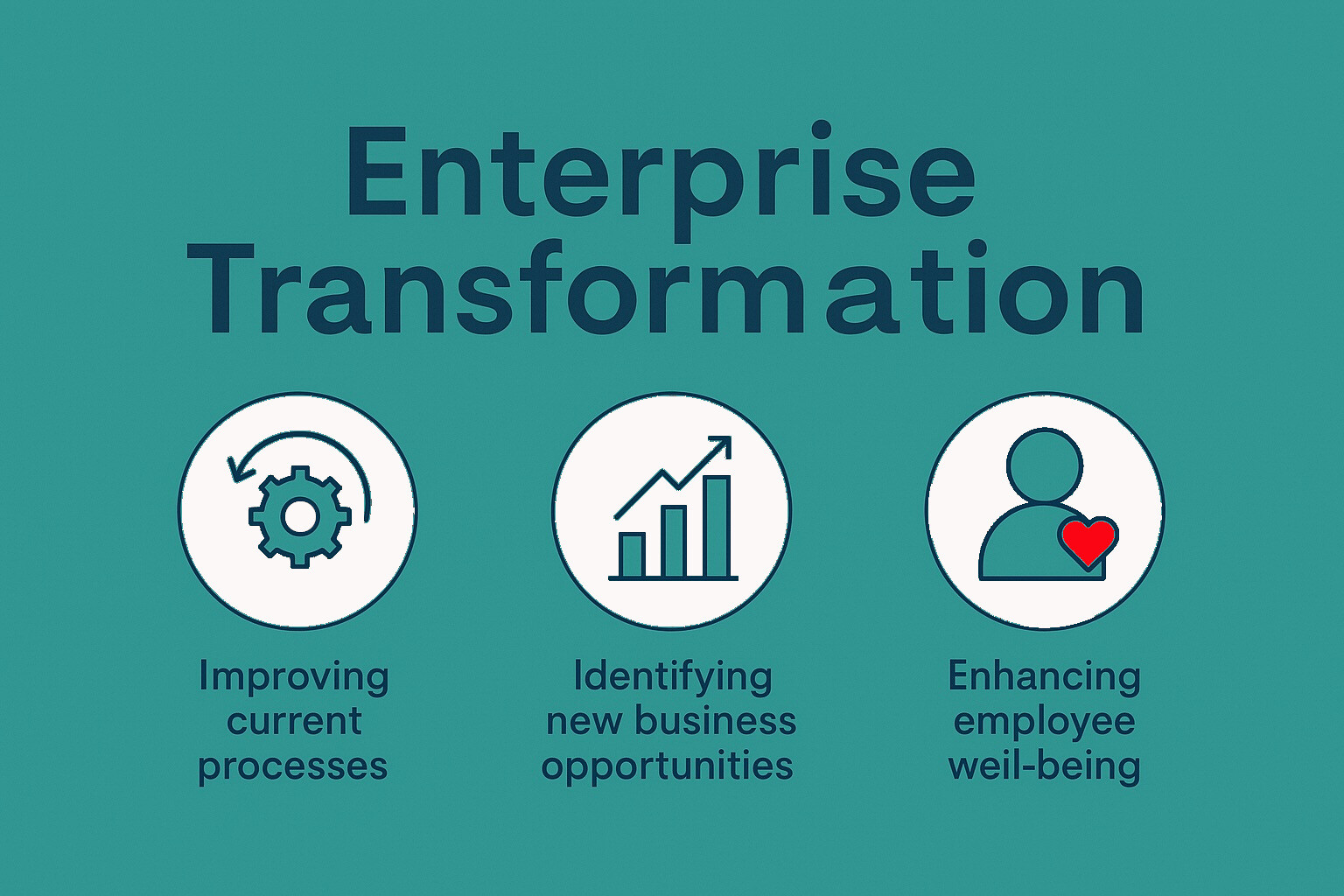Change management of increase in value added tax and tight schedule
Originally posted by Toni Piehl as LinkedIn article on May 17th 2024

The Finnish government’s decision to switch to decimals in value-added tax (VAT) rate requires additional work in information systems to ensure they support decimals. The impact on cash flow also needs to be considered. This task is already urgent.
VAT Increase
The Finnish Government has decided to increase the VAT from 24% to 25.5%. VAT adjustments are made irregularly, so support for changes in VAT has already been anticipated when designing and implementing information systems. Compared to previous VAT rates, the biggest change is that decimals will now be introduced, a practice currently only in use in a few European countries like Switzerland.
Tight Schedule for Change
The date for the VAT change to take effect is still open. The date mentioned in Finnish government’s budget framework meeting minutes is September 1st, 2024. Draft laws from the Ministry of Finance are on a consultation round, ending today, May 17th. The government will submit the proposal to parliament on May 23rd, at which point the effective date will be clarified. If the legislative change takes effect as the government wishes on September 1st, there are only 15 weeks left. When subtracting a four-week summer vacation, there are effectively 11 weeks, which is very little time to ensure that businesses can continue operating in compliance with the law.
Impact on Prices
The VAT increase also impacts businesses in ensuring that a larger portion of the selling price collected from customers is remitted to the state. This directly affects cash flow and may lead to changes in pricing strategies. Special attention is needed for products and services where the tax rate changes significantly, such as sweets and chocolates, where the rate rises from 14% to 25,5%.
Entrepreneur’s Perspective
For entrepreneurs, maintaining the previous price level cuts into margins. Passing the price increase onto consumers may negatively affect purchasing decisions. At the very least, price lists, contract, and offer templates will need to be revised. The change becomes more complex if services or products are sold or invoiced over a longer period. Changing tax rates must also be considered in installment sales, advance payments, and possible credit losses. The best help for these considerations and decisions comes from one’s own accountant. Special attention is needed for cash register systems if they are in use, as they require updates to reflect the change on both the cash register and printed receipts.
Changes in Software and Integrations
Major software providers like Netvisor and Procountor have announced that adding decimals to VAT will not cause problems. However, it is still advisable to be concerned about all integrations that handle data from updated Application Programming Interfaces (APIs), as they likely do not support the changes brought by decimals without modification. The same review, validation, and change management should be applied to all systems that handle prices and are thus dependent on the VAT change. If a cloud-based financial management software is in use, changes within the software itself are unlikely to cause problems, and the main focus should be on the interfaces. If a desktop-based financial management software is used instead, updating it will lead to changes or replacing the entire software if updates are no longer available. Transferring data from old to new software or reporting data from two systems is not entirely problem free either. Most important is to prioritize and use the available time for planning and managing the change.
Changes on Invoices
Changes will also occur in the appearance of invoices and receipts, as many currently have space allocated for VAT only in integer numbers. Although the change is small, adding a comma and decimal to a narrow receipt may require adjustments and at least ensuring that there are no issues with cash terminals. These changes can still be made if change management work has either already been done or at least started, planned, and production transition looks timely before the law comes into force.
Changes in ERP Systems
A separate issue is larger ERP systems, which generally support decimals but require change management to implement the necessary changes in every database and user interface field, as well as on customer invoices and billing notices.
Changes on Reports
Reports containing VAT can be modified after the change takes effect because they deal with past events, nevertheless it is preferable to make these changes in advance to enable timely reporting once the change takes effect. Naturally, the VAT change impacts financial forecasts, especially cash flow forecasts, as the increased VAT remittance to the tax authority must be taken into account.
Action Timeline
If change management has not yet started, it is already urgent, considering the impact of the summer vacation on resource availability and thus the implementation of changes within one’s own or the supplier’s organization.
If, on the other hand, change management for the increased VAT and its decimals is underway and these points have been considered, one can peacefully enjoy these sunny early summer days. ☀️
 By
By

